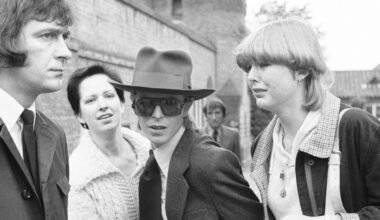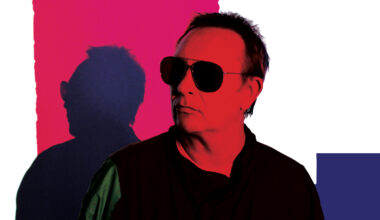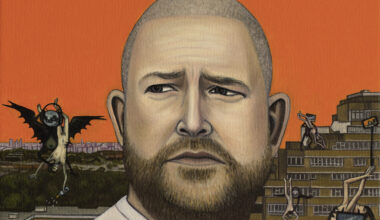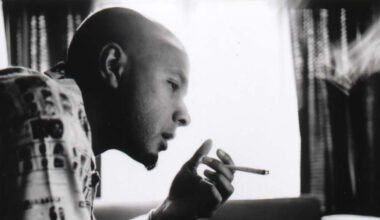A curated snapshot rather than a definitive list, welcome to our alphabetical deep dive into the atmospheric and immersive world of ambient music. From key artists to strange concepts and beyond, prepare to see ambient in a whole new light
Want to read more?
Sign up to Electronic Sound Premium to gain access to every post, video, special offers, and more. 100%, all you can eat, no commitment, cancel any time.
Already a premium member? Log in here






